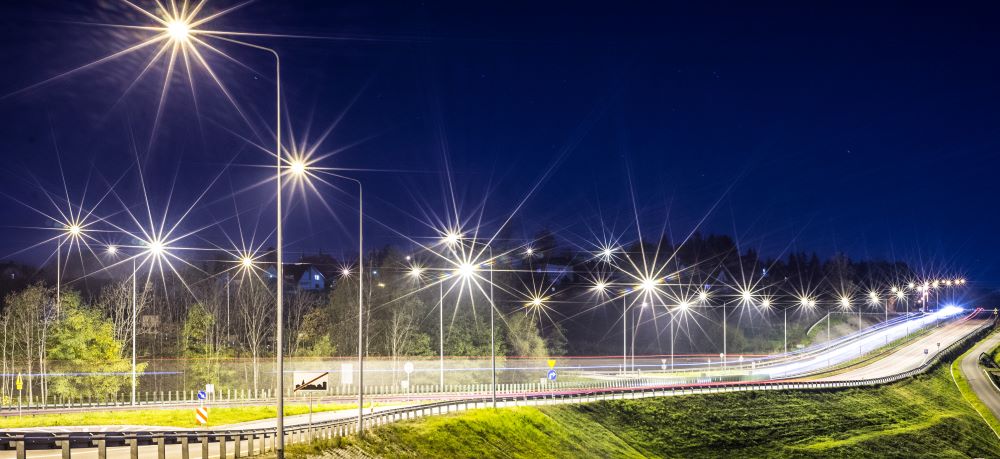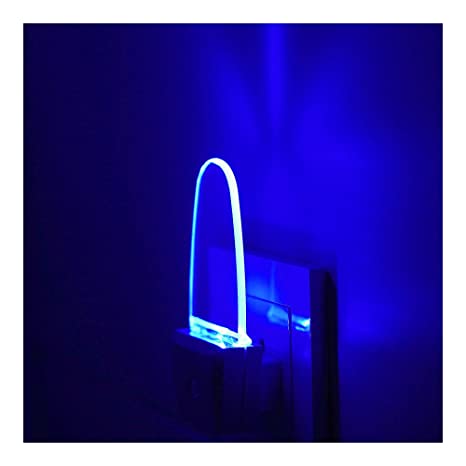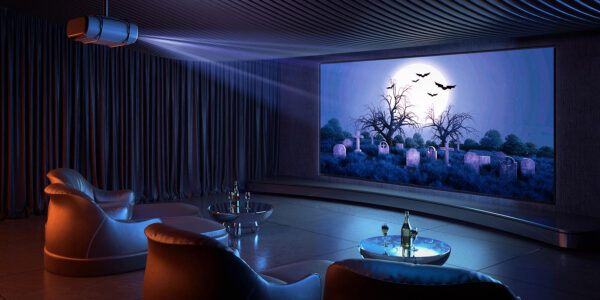Parents typically tell their children from an early age to avoid dark and abandoned streets and to stay on well-lit and populated thoroughfares when they are out at night. As children gain experience and maturity, they inherently understand that they will be safer when the streets are Streets Lit with LED. New findings now reveal that LED lighting can create the best environments that help to keep people feeling safe when they are walking on streets in the evening hours.
LED lighting has two significant advantages over traditional high-pressure sodium or metal halide street lighting where safety perceptions are concerned. The first is in the unparalleled ability of LED light to replicate natural daylight conditions. The “white light” perceptions of LED light allows people to see facial features and details more clearly and helps them to better distinguish colors and textures. Simply be replicating sunlight, LED lights leave people with an impression of feeling better.
The second advantage of LED lights is in their ability to be directed and controlled to shed light uniformly across sidewalks and crosswalks with few or no dark spots or shadows between elevated light standards. Traditional street lighting creates gradients in lighting that are brightest near the fixtures themselves with dim spots between the fixtures. LED fixtures are available that distribute light in distributions referred to as types I through V. A type I LED light distribution sheds light laterally along sidewalks and paths, whereas a type V distribution is circular. Municipalities can combine different distribution patterns to create bright and consistent lighting across all pedestrian areas and into roadways, as necessary.
Urban planners and city administrators will also appreciate the energy and efficiency of LED street lighting systems. Towns and municipalities that have transitioned to LED street lights typically reduce their lighting energy consumption by more than 50%. The long lifespans and durability of LED fixtures, even in areas that experience significant variations in temperature and precipitation, will reduce a city’s lighting maintenance and repair costs as well. Further cost reductions from LED lights are available when those lights are controlled with smart systems that decrease energy consumption when motion and proximity sensors determine that a street is empty and no pedestrians or motorists are present.
Environmentalists also prefer LED lights because no hazardous materials are utilized in their manufacture, and they can be directed in ways that minimize light pollution. Mercury vapor street lighting fixtures contain substances that may require special handling if they are broken or when they are replaced at the end of their useful lives. In contrast, LED’s impose no special handling obligations on towns and municipalities that install LED street lighting. Pedestrians and motorists also enjoy the benefits of not being exposed to hazardous materials, thus further increasing their sense of safety. The directionality and controllability of LED street lighting also reduces light spillover that can be an imposition in residents and that might otherwise disrupt nocturnal wildlife patterns. Towns that have installed LED street lighting typically reduce the “urban sky glow” that is typical of cities and large population concentrations.







